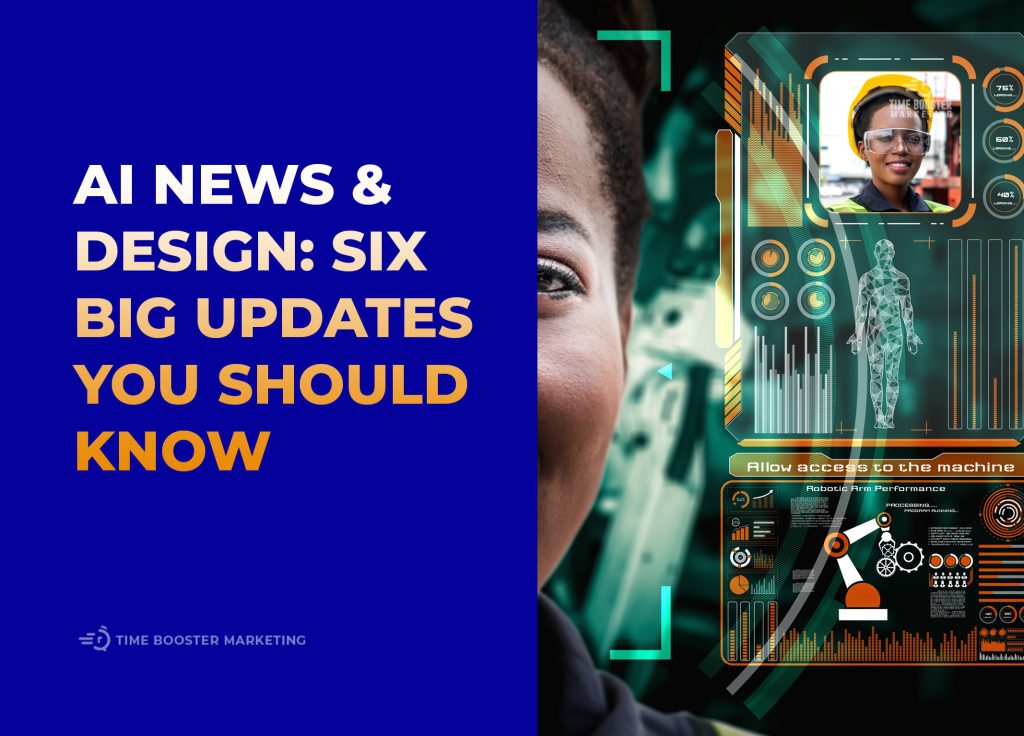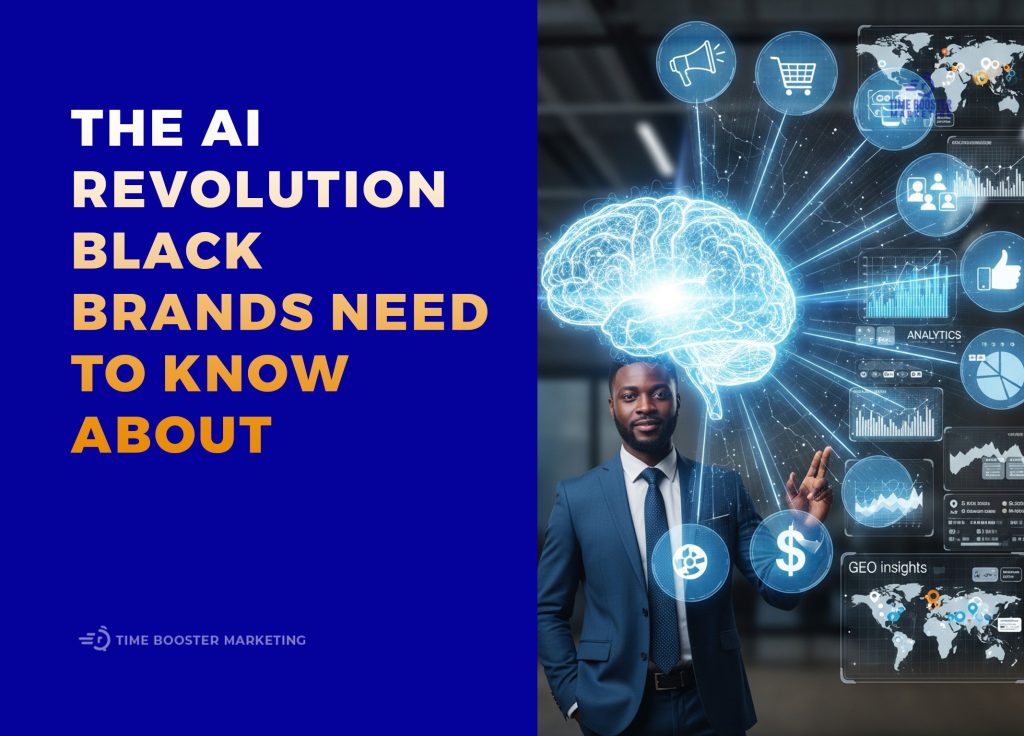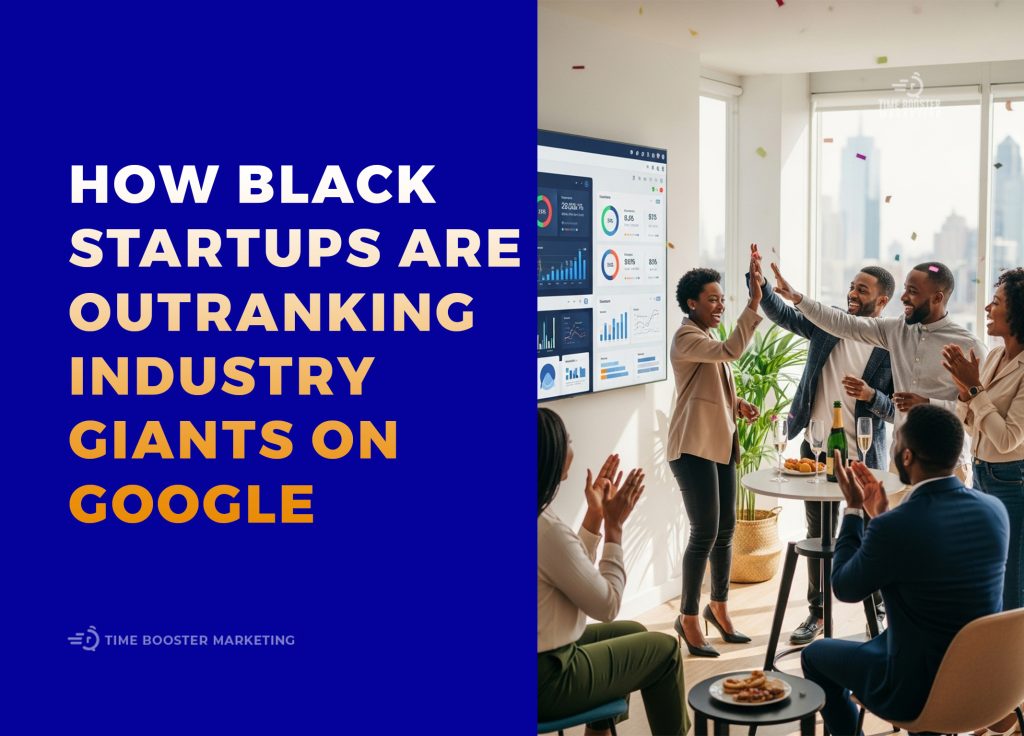What We Mean by “Minnesota Marketing Trends”
Before diving in, clarify some definitions:
-
Minnesota Marketing Trends refers to patterns, practices, and shifts in marketing behaviors observed (or predicted) across Minnesota’s business landscape—in how local audiences respond, how small businesses market, and how digital + local combine.
-
These trends include digital, local, community, sustainability, personalization, data strategy, and content approaches specific to Minnesota’s demographics, economy, and competitive context.
-
This is not just generic “U.S. marketing trends” rephrased. The idea is to relate and adapt those trends to Minnesota’s small business environment (rural towns, Twin Cities metro, demographic segments, local culture).
Historical Context: Marketing in Minnesota
Early 2000s to 2015 — Local + Traditional Focus
For many years, Minnesota small businesses leaned on local radio, print ads in community papers, local TV, billboards, and direct mail. The link between “Minnesota presence” and trust was strong: a storefront, a local address, and a familiar brand mattered.
As internet access improved across Minnesota (rural and urban), many small businesses dipped toes into websites and basic social media—but often as an afterthought.
2015–2022 — Digital Uptake and Experimentation
Over that period, more Minnesota businesses began investing in SEO, Google My Business listings, Facebook pages, basic content marketing, and localized search ads. Yet many remained cautious, treating digital as supplementary to traditional.
By 2022–2023, more firms realized digital dominance—or risk of being left behind—to reach people beyond immediate neighborhoods.
2023–2024 — Rising Self-Employment and Local Competition
According to Minnesota’s economic reports, self-employment has surged: nearly 445,000 non-employer businesses generated over $25 billion in Minnesota by 2022. mn.gov // Minnesota’s State Portal+1
That means many people now start solo or micro businesses—your competition includes new local entrants. You need sharper, modern marketing to stand out.
Also, business surveys in Minnesota show modest growth: two thirds report stability or moderate growth in recent years. mnchamber.com So your marketing choices matter: they can tilt you from stagnation to growth.
Why 2025 Is a Pivot Year for Black Businesses in Minnesota
-
National and global marketing spending continues to shift heavily into digital channels. For instance, global digital ad spending is expected to hit $734.6 billion in 2025. DemandSage
-
Social media ads, programmatic ads, and AI-driven personalization are unlocking new ROI potential. Deloitte Italia+2Deloitte México+2
-
Minnesota’s local markets are maturing: more small businesses are digitally savvy, so your edge requires more sophistication.
-
Consumer expectations grow: people expect personalization, ethical values, local relevance, and community connection.
Thus Minnesota Marketing Trends in 2025 aren’t optional—they are strategic necessities.
Key Takeaways
- Focus on really local efforts. People in Minnesota like supporting places in their own towns and neighborhoods. Using location-specific ads and content can make a big difference.
- Use AI to make things personal. Customers expect ads and emails that feel like they’re just for them. AI tools can help you do this without a huge team.
- Short videos are still king. Quick videos on platforms like TikTok and Instagram are a great way to grab attention and show off what you offer.
- Be clear about being good to the planet and people. Minnesota consumers care about businesses that are ethical and eco-friendly. Show them what you’re doing.
- Make sure people can find you by talking. As more people use voice search, optimizing your website for spoken questions is becoming important for Minnesota businesses.
2025 Minnesota Marketing Trends Every Small Business Should Watch
Below are the seven essential trends. For each, you’ll see what it means, challenges, examples, and how you can apply it in Minnesota.
1. Hyper-Local Marketing

In 2025, Minnesota businesses need to get really good at talking to people right in their own backyard. Forget trying to reach everyone everywhere; it’s all about connecting with folks in your specific neighborhood or town. Minnesota consumers are increasingly looking to support businesses that feel like part of their community. Think about a coffee shop in Duluth – they should be talking about local events, maybe sponsoring a neighborhood park cleanup, and using language that makes people in that specific area feel seen. It’s about being present and relevant where your customers actually live and work.
Here’s how to make it work:
- Get Found Locally: Make sure your business pops up when someone searches for things like “best pizza near me” or “plumber in [your town name]”. This means having a solid Google Business Profile and using location-specific keywords on your website.
- Targeted Ads: Instead of broad advertising, use tools to show your ads only to people within a few miles of your store. This saves money and reaches the most interested customers.
- Community Involvement: Show you care about your area. Partner with other local businesses, sponsor a school event, or participate in community festivals. Share these activities on social media and your website.
- Local Language: Use street names, neighborhood references, and talk about local happenings in your marketing. It shows you’re not just a business in the area, but a business of the area.
Hyper-local marketing isn’t just a nice-to-have anymore; it’s becoming a necessity for small businesses. It builds trust and loyalty in a way that generic marketing just can’t match. People want to feel connected to the places they spend their money.
For example, a small boutique in Rochester could run Facebook ads specifically for people living in the 55901 zip code, highlighting a new collection that just arrived and mentioning a local landmark in the ad copy. It’s about making that personal connection, showing you understand the local vibe.
2. AI-Powered Personalization

People don’t really like getting the same old ads and emails anymore. They want stuff that feels like it was made just for them, you know? And that’s where AI comes in. It’s not some futuristic thing anymore; it’s here and it’s helping small businesses in Minnesota connect with customers in a much smarter way.
Think about it: AI can look at what people are doing online – what they click on, what they buy, what they seem interested in – and then use that information to show them things they’ll actually like. It’s like having a super-smart assistant who knows your customers better than you do.
Here’s how you can start using it:
- Segment Your Audience: AI can group your customers based on their interests and past actions. This means you can send different messages to different groups, instead of one generic blast.
- Tailor Your Emails: Imagine sending an email with product suggestions that are perfect for each person who gets it. AI can make that happen, showing them things they’ve looked at before or similar items.
- Customize Your Website: When someone visits your website for the second or third time, AI can change what they see to match what they’ve shown interest in. It makes them feel recognized.
AI helps make marketing feel less like shouting into the void and more like a one-on-one conversation.
For example, a local coffee shop in Duluth could use AI to send out special offers for pastries to customers who usually buy them, or suggest a new blend to someone who always buys dark roast. It’s about making each customer feel seen and understood. This kind of personalized touch really makes a difference in building loyalty.
3. Short-Form Video Dominance

Okay, so if you’re a small business in Minnesota and you’re not already thinking about short-form video, you really need to start. We’re talking about those quick, attention-grabbing clips you see on TikTok, Instagram Reels, and YouTube Shorts. These aren’t just fads anymore; they’ve become a main way people consume content online. It’s all about being brief and impactful.
Think about it: in today’s world, everyone’s attention span seems to be shrinking. These short videos, usually under 60 seconds, are perfect for cutting through the noise. They’re great for showing off your products in action, sharing quick customer success stories, or even giving a peek behind the scenes at your business. It makes your brand feel more real and relatable.
Here’s why you should be paying attention:
- Engagement Boost: People tend to watch these videos all the way through more often than longer content.
- Discoverability: Platforms push this type of content, meaning more potential customers can find you.
- Versatility: You can use them for tutorials, quick tips, humor, or even just to show off your company culture.
Don’t overthink it. The goal is to be authentic and connect with your audience. Use trending sounds or challenges if they fit your brand, but always make sure the content is relevant to what you offer. It’s a fantastic way to get your message out there quickly and memorably.
Tools like CapCut or InShot can make editing these videos pretty straightforward, even if you’re not a pro editor. So, get creative and start filming!
4. Sustainable and Ethical Branding

People in Minnesota are paying more attention to where their money goes. They want to support businesses that do good for the planet and their communities. This means your brand’s values matter more than ever. Being transparent about your practices can really build trust.
Think about how you can show you care. This could be anything from using recycled packaging to donating a portion of your profits to a local cause. It’s not just about what you sell, but how you operate.
Here are a few ways to get started:
- Source Locally: If possible, use materials or ingredients from Minnesota-based suppliers. This supports other local businesses and cuts down on transportation emissions.
- Reduce Waste: Look for ways to minimize waste in your operations. This could involve composting, recycling programs, or offering digital receipts instead of paper ones.
- Ethical Labor: Make sure your supply chain is fair. If you work with manufacturers, know how they treat their workers.
- Community Involvement: Participate in local events or support environmental initiatives. Showing you’re part of the community goes a long way.
Consumers are looking for brands that align with their own values. If your business has a strong ethical stance, make sure to talk about it. It’s a genuine way to connect with customers who care about the same things you do.
For example, a small bakery could highlight its use of organic, locally sourced flour and its efforts to compost food scraps. A clothing boutique might focus on selling items made from sustainable materials or from brands that ensure fair wages for their workers. It’s about making a positive impact, one step at a time. This conscious consumerism is a growing force, and businesses that embrace it will likely see more loyalty and positive word-of-mouth.
5. Voice Search Optimization
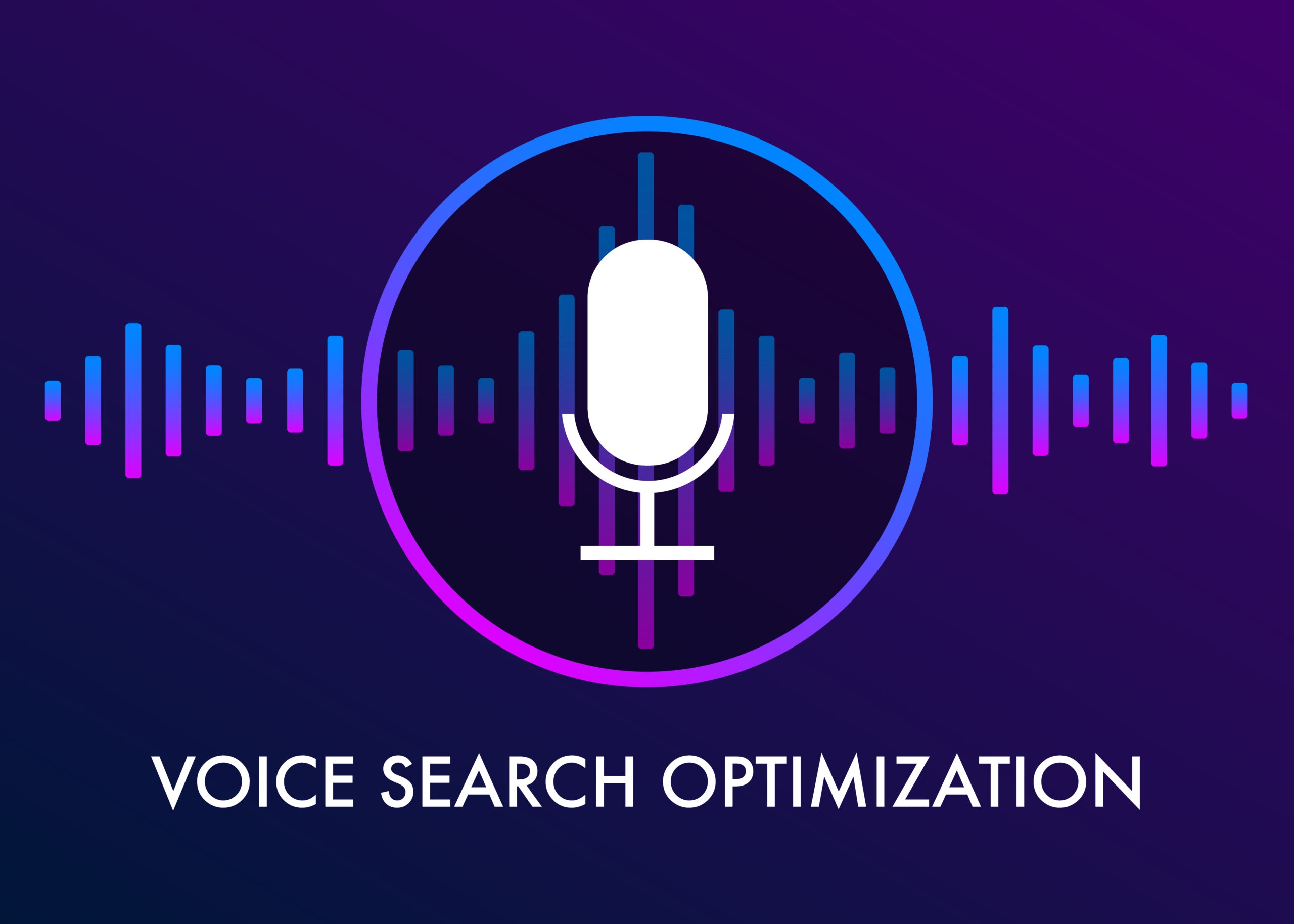
You know how you just ask your phone or smart speaker a question instead of typing it out? That’s voice search, and it’s getting bigger. By 2025, a lot of people will be using it to find things, so businesses in Minnesota need to pay attention. It’s not just about keywords anymore; it’s about sounding natural. Think about how you actually talk to someone when you’re looking for a service or product. That’s the kind of language you need to use on your website and in your marketing.
Here’s why it matters and what you can do:
- People talk differently than they type. When you type, you might search for “best plumber Minneapolis.” But when you speak, you’re more likely to say, “Hey, can you find me a good plumber near me in Minneapolis?” Your website content should reflect these longer, more conversational phrases.
- FAQ pages are your friend. If you have a page with frequently asked questions, make sure the questions are phrased like someone would actually ask them out loud. This helps search engines understand what you offer when someone asks a question using their voice.
- Get your business info right. Make sure your business name, address, and phone number are listed correctly everywhere online. Voice assistants often pull this information from places like Google Business Profile, so accuracy is key.
Voice search is all about making it easy for people to find you using everyday language. If your website content sounds like a robot wrote it, it’s probably not going to show up when someone asks their smart speaker for a recommendation.
So, if you’re a local shop in Duluth or a service provider in Rochester, start thinking about how people would ask for what you do. It might seem a little different at first, but getting this right means more people will find you when they need you.
6. Augmented Reality Ads
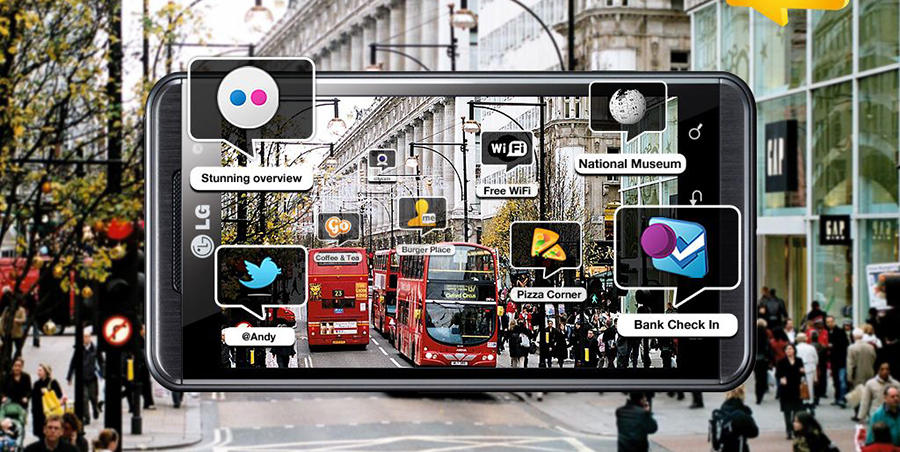
Augmented reality (AR) is moving beyond just a cool tech gimmick and is becoming a real tool for businesses in 2025. Think about letting customers see how a new sofa would look in their living room before they even buy it, or letting them virtually try on sunglasses. These kinds of interactive experiences make marketing way more engaging. It’s not just about showing a product anymore; it’s about letting people interact with it in a new way, right from their phones.
AR ads can really help people make decisions. When someone can visualize a product in their own space, it cuts down on uncertainty and can lead to more confident purchases. It’s a great way to stand out from the competition and give potential customers a memorable experience.
Here’s how AR ads can work for you:
- Virtual Try-Ons: Perfect for clothing, accessories, or makeup. Customers can see how items look on them.
- Product Visualization: Let customers place furniture, appliances, or decor in their own homes to check size and style.
- Interactive Product Demos: Show how a product works or its features in a 3D, interactive way.
- Gamified Experiences: Create fun, branded games that users can play using AR.
Platforms like Instagram and Snapchat already have built-in AR ad capabilities, making it easier to get started. It’s a smart way to boost engagement and make your marketing efforts more effective.
7. Content Marketing
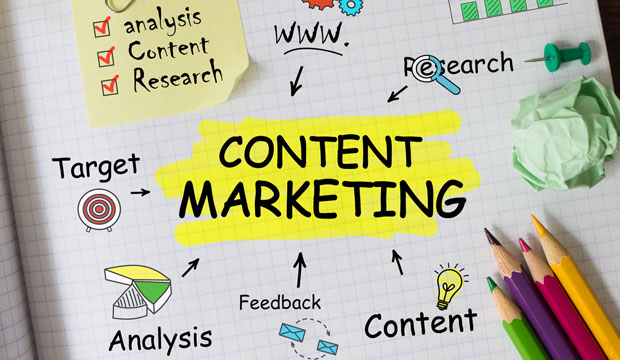
Forget just throwing out random posts and hoping for the best. In 2025, content marketing is all about building real connections. People are tired of being sold to all the time. They want to learn something, feel something, or be entertained. This means creating content that actually helps your audience, not just your bottom line. Think about what your customers in Minnesota are really interested in. Are they looking for tips on dealing with winter weather, advice on local home improvement projects, or maybe just a good laugh related to their daily lives?
It’s not just about blog posts anymore, either. While those are still important for showing you know your stuff, consider other formats. Podcasts can be great for deeper dives, and even short, informative videos can work if they offer real value. The key is to be consistent and show your audience you’re a reliable source of good information.
Here’s a quick look at what works:
- Educate, don’t just sell: Share your knowledge. How-to guides, industry insights, or even local guides related to your business can draw people in.
- Tell stories: People connect with narratives. Share customer success stories from right here in Minnesota, or talk about your own business journey.
- Be local: Tailor your content to what’s happening in Minnesota. Mention local events, weather, or community issues where it makes sense.
- Mix it up: Use different types of content – articles, videos, maybe even a simple infographic – to reach more people.
The goal is to become a trusted resource. When people need something related to your industry, you want them to think of you first because you’ve consistently provided them with helpful and interesting content.
Don’t get discouraged if you don’t see huge results overnight. Building an audience with great content takes time, but it pays off in the long run with loyal customers who actually like your brand.
8. Social Media Engagement

In 2025, just showing up on social media isn’t enough. It’s all about building real connections with people in Minnesota. Think of it less like a billboard and more like a neighborhood coffee shop where everyone knows your name. Authentic interaction is the name of the game.
So, what does that look like for your business? It means being present, being responsive, and showing you actually care about your followers. It’s about creating a space where people feel heard and valued.
Here are a few ways to really connect:
- Listen and Respond: Keep an eye on comments and messages. A quick, friendly reply goes a long way. Even a simple ‘thanks for the feedback!’ shows you’re paying attention.
- Ask Questions: Don’t just broadcast. Pose questions to your audience. What are they struggling with? What do they love about your town? This sparks conversations and gives you great insights.
- Share User Content: When customers tag you or post about your business, reshare it! It’s free advertising and shows you appreciate their support. Plus, it feels more real than anything you could create yourself.
- Go Live: Live video sessions can be super effective. Host a Q&A, give a behind-the-scenes tour, or just chat about what’s new. It adds a personal touch that static posts can’t match.
Remember, social media is a two-way street. The more you give to your community – your time, your attention, your genuine interest – the more you’ll get back in loyalty and engagement. It’s not just about likes; it’s about building relationships that last.
9. Email Marketing ROI
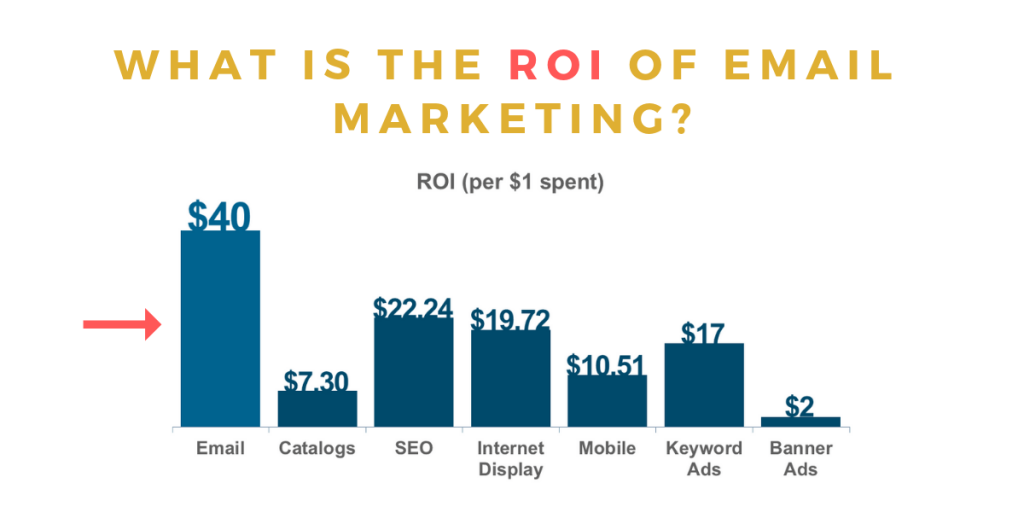
When you look at the numbers, email marketing still holds its own, and honestly, it’s probably one of the best bang-for-your-buck strategies out there for businesses in Minnesota. We’re talking about a potential return of $42 for every dollar you spend, which is pretty wild when you think about it. It’s not just about sending out newsletters anymore; it’s about building real connections with people who have already shown interest in what you do.
So, how do you actually make sure you’re getting that kind of return? It really comes down to a few key things:
- Building a Good List: This means getting sign-ups from people who genuinely want to hear from you. Think about offering something valuable on your website, or even at your physical location if you have one, in exchange for an email address. Quality over quantity is the name of the game here.
- Talking to the Right People: Don’t send the same message to everyone. Break your list down into smaller groups based on what they’ve bought, where they live in Minnesota, or what they’re interested in. This way, your emails feel more personal and relevant.
- Making it Local: People in Minnesota appreciate content that speaks to them directly. Mentioning local events, talking about the weather, or referencing things happening in the Twin Cities can make your emails stand out.
- Automating Smartly: Set up automatic emails for things like welcoming new subscribers, reminding people about items left in their online cart, or reaching out to folks who haven’t opened an email in a while. This keeps your business top-of-mind without you having to do it all manually.
The real trick to email marketing success in 2025 isn’t just sending emails; it’s about sending the right emails to the right people at the right time. This means paying attention to what your audience responds to and adjusting your approach accordingly. It’s a continuous process of learning and refining.
And don’t forget to make sure your emails look good on phones. A lot of people check their email on their smartphones, so if it’s a mess on a small screen, they’re probably just going to delete it. Keep it simple, keep it clear, and focus on providing value. That’s how you’ll see that impressive ROI.
10. SEO Visibility
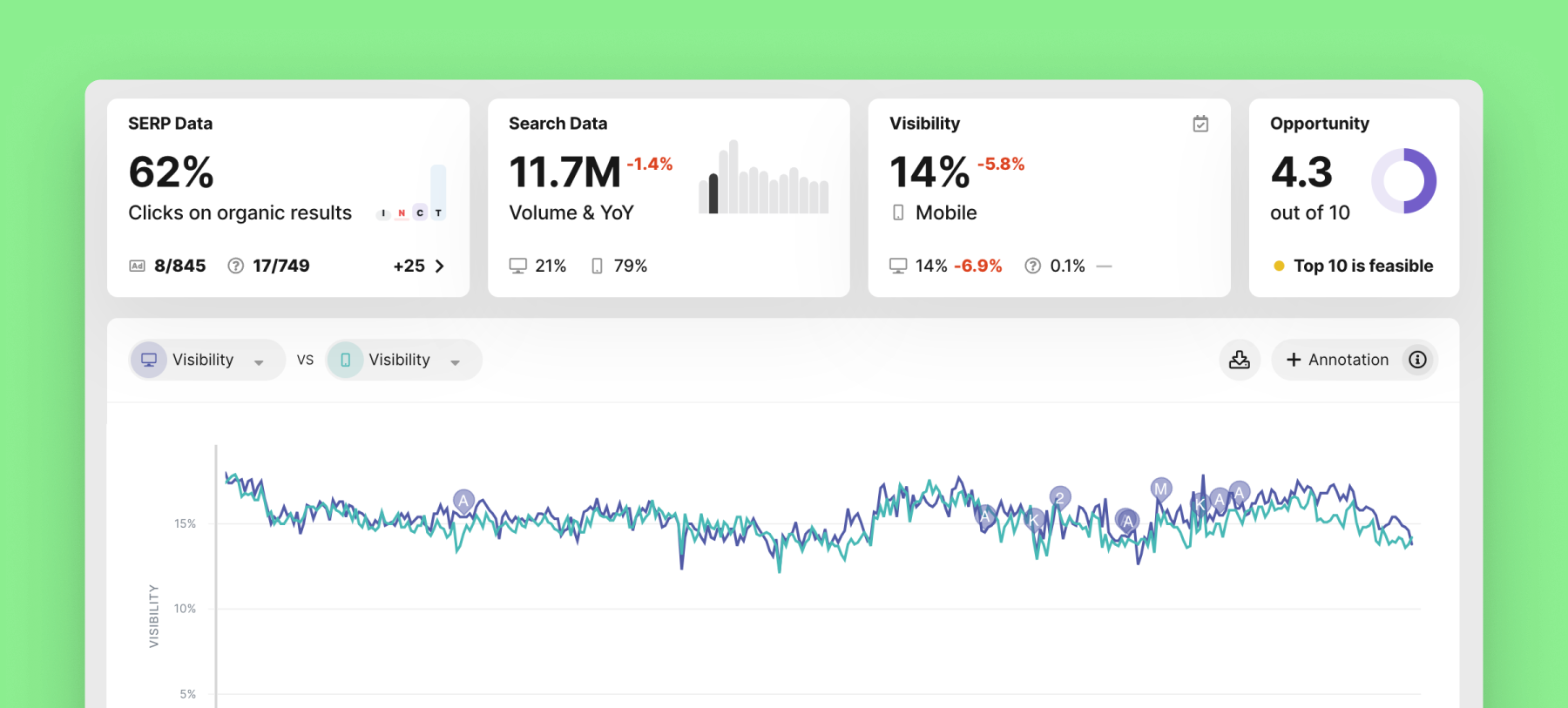
In 2025, making sure people can find you online is still a really big deal. Search Engine Optimization, or SEO, is how you get your business to show up when folks in Minnesota search for what you offer. Think about it: if someone in St. Paul needs a plumber, they’re probably going to type “plumber near me” or “St. Paul plumbing services” into Google. If you’re not showing up on that first page, you’re likely missing out on a lot of potential customers. It’s not just about having a website; it’s about making that website work for you.
Local SEO is especially important for small businesses here in Minnesota. Most searches these days have a local angle. We’re talking about things like making sure your Google Business Profile is totally filled out and up-to-date. That means accurate hours, photos, and responding to reviews. Also, using local keywords on your website – like mentioning specific neighborhoods or Twin Cities landmarks – can really help. It’s about speaking the language of your local customers.
Here’s a quick rundown of what to focus on:
- Google Business Profile: Keep it fresh with posts, photos, and answer questions. Encourage reviews!
- Local Keywords: Sprinkle neighborhood names and local terms throughout your website content.
- NAP Consistency: Make sure your business Name, Address, and Phone number are exactly the same everywhere online.
- Local Backlinks: Get links from other Minnesota businesses or community groups.
- Reviews: Actively ask for and respond to customer reviews. They matter a lot.
Getting your SEO right takes time and consistent effort. It’s not a one-and-done thing. You need to keep an eye on what’s working and what’s not, and be ready to make changes. Think of it like tending a garden; you have to water it regularly for it to grow.
Don’t forget about voice search either. More people are using voice assistants to find businesses, so your content needs to sound natural, like how people actually talk. This means using longer, more conversational phrases in your SEO strategy. It’s all about being found when and where your customers are looking.
Wrapping It Up: Your 2025 Minnesota Marketing Game Plan
So, as we look ahead to 2025, it’s pretty clear that marketing in Minnesota is going to keep changing. We’ve talked about how important it is to be local, use AI to make things personal, and get creative with short videos. Plus, showing you care about the planet and your community really matters to people here. It might seem like a lot, but the businesses that pay attention to these shifts and actually do something about them are the ones that are going to do well. Don’t just read about these trends; try them out. Start small, see what works for your business, and keep learning. Making these changes now can really set you up for a much better year next year. It’s all about connecting with people in a real way, using the tools we have.
Frequently Asked Questions
What’s the main idea behind hyper-local marketing in Minnesota?
It’s all about connecting with people right in your neighborhood. Think of it as being the friendly, go-to business for your specific town or city. This means using ads and content that talk directly to people nearby and showing you care about the local community.
How can AI help my small business with marketing?
AI can help you understand your customers better and send them messages they’ll actually like. It’s like having a super-smart assistant that figures out what each person wants, so you can offer them just the right thing at the right time, making them feel special.
Why are short videos like TikToks so important now?
People love watching quick, fun videos! They’re a super easy way to grab attention and share what your business is all about. You can show off products, give quick tips, or share funny moments that make people remember you.
What does ‘sustainable and ethical branding’ mean for my business?
It means showing customers that your business cares about the planet and doing the right thing. This could be using eco-friendly packaging, being honest about where your products come from, or helping out with local environmental projects. People like supporting businesses that are good for the world.
How does voice search affect my website?
More and more people are using their voice assistants to ask questions like ‘Where’s the nearest coffee shop?’. So, you need to make sure your website uses everyday language and answers questions people might actually ask out loud, helping them find you easily.
What are Augmented Reality (AR) ads?
AR ads let people use their phones to see how things might look in their own space, like trying on glasses or seeing how a piece of furniture fits in their room. It’s a cool, interactive way to show off your products and get people excited to buy.



